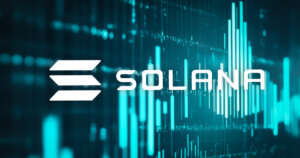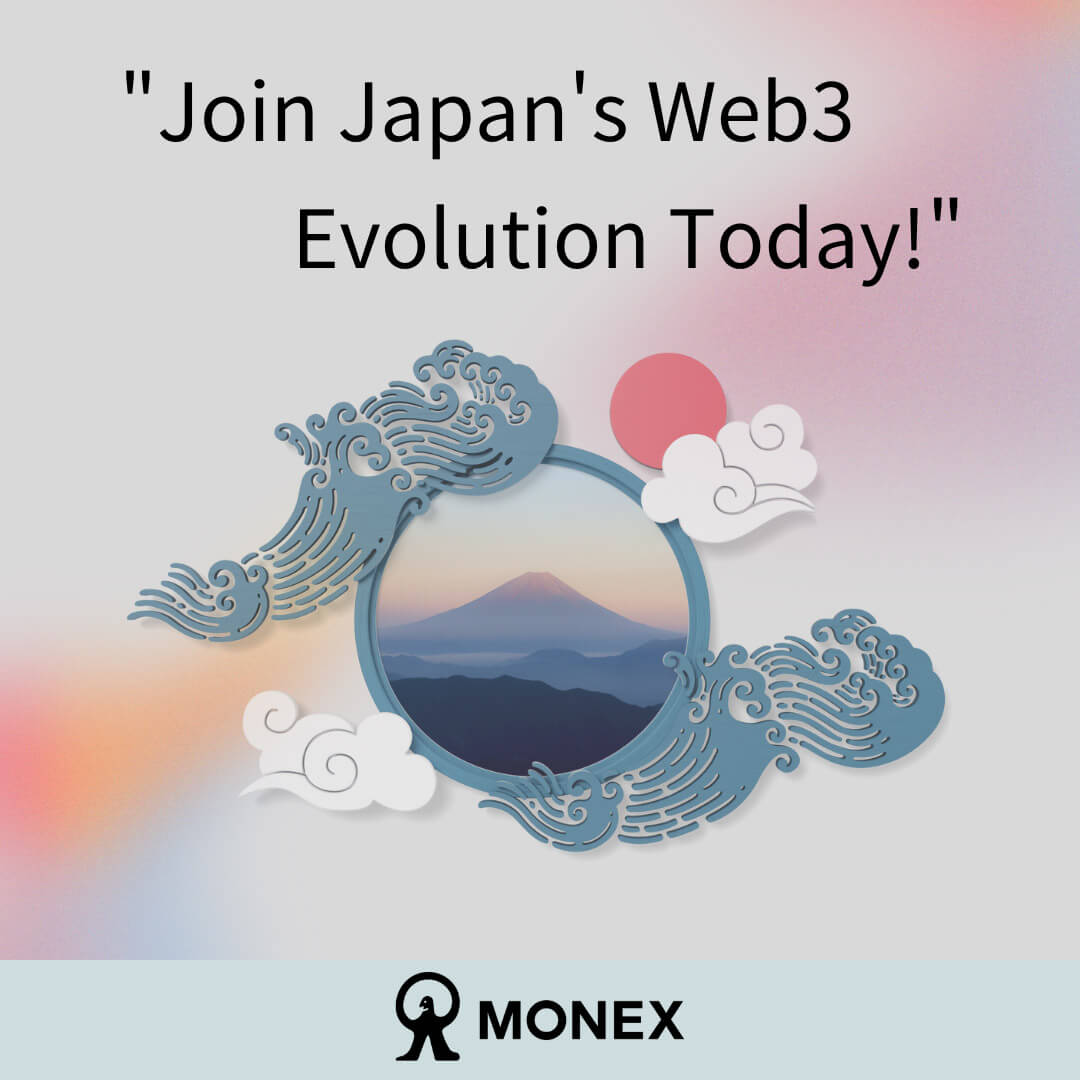 USDV wants to be native on more chains than any other stablecoin
USDV wants to be native on more chains than any other stablecoin USDV wants to be native on more chains than any other stablecoin
Former Algorand CFO Mathew Commons hints at exciting initiatives and team growth as USDV enters its next phase.

Cover art/illustration via CryptoSlate. Image includes combined content which may include AI-generated content.
The following is a guest post from Christina Comben.
With a current market cap of just over $20 million, you’d be forgiven for not having heard of Verified USD (USDV). The newcomer in the stablecoin market soft-launched on Ethereum in November 2023 and is steadily rolling out its native omnichain capabilities to further ecosystems.
USDV is now live on eight EVM-enabled chains including Arbitrum, BNB chain, Optimism, and Avalanche. Cryptoslate sat down with Mathew Commons, President of the Verified USD Foundation and former Algorand CFO, to find out why the industry needs another stablecoin and what’s different about USDV.
Aligning with the ‘decentralized ethos’ of web3
The concept of the Verified USD Foundation originated from two organizations: Canadian-based interoperability protocol LayerZero and Matrixport, a crypto financial services company based in Singapore. Commons explains,
“They were looking at what’s needed in the future for stablecoins and wanted to take a novel technical approach to align stablecoins with the decentralized ethos of our ecosystem while still having a fully reserved-backed stablecoin.”
USDV’s governance structure differs from the legacy stablecoins, which, although Commons acknowledges have “played a very important role in getting us where we are today,” are mainly private entities with centralization risk. USDV, on the other hand, is set up as a foundation.
“We aspire to be significantly more decentralized and have community involvement,” he says.
USDV uses an attribution mechanism called ColorTrace, which allows it to track which partners bring new capital into the USDV system so the yield can be shared.
“The yield isn’t shared with the end user,” he says, “as that would make it a security and be problematic as a permissionless token, but unlike the legacy stablecoins that keep the yield for themselves, we provide a strong incentive for our partners to bring new users and capital into the system.”
The Verified USD Foundation doesn’t mint new USDV itself but provides the legal, technical, and governance framework for its partners (DeFi protocols, centralized exchanges, OTC providers) to mint it. Once a partner creates USDV, they acquire the permissionless collateral token STBT (short-term treasury bill token) which is locked into the smart contract to create new USDV, and minted in the partner’s color, allowing them to earn yield.
“If they created it, they will continue to earn yield no matter what chain it moves to,” he affirms.
Fully transparent with collateral on-chain
USDV is a reserve-backed stablecoin. “We’re fully backed by short-term treasury bills with a duration of three months or less and we’re aiming for best-in-class transparency. All our collateral is on-chain.” USDV’s separate collateral token, STBT, is issued by an affiliate of Matrixport on-chain. One dollar of STBT is locked into a smart contract on the Ethereum mainnet to mint one dollar of USDV.
“There’s transparency throughout all the chains so users can always see that one dollar of USDV is fully backed by the collateral.”
Unlike other stablecoins that issue weekly or monthly audit reports, USDV works with Chainlink to provide ‘Proof of Reserves’ that show its auditing in real-time.
“So every day they’re verifying the transparency of the collateral.”
Built with LayerZero’s omnichain fungible token standard
USDV has native omnichain capabilities, which means that while all USDV is created on Ethereum, it can be burned and reminted on any chain it’s on, many of which are connected to more than 70 different blockchains: “significantly more than any of the legacy stablecoins,” Commons points out.
USDV has its sights on being the stablecoin available on the largest number of chains, starting with EVM-enabled chains.
“But we expect to see additional chains, some of the leading non-EVM chains, even Bitcoin Layer 2s. We want to be native on more chains than any other stablecoin.” He continues, “If you look at some of the big non-EVM chains, that’s where the action is right now. We think this will be a big trend over the next year and we absolutely want to be there.”
Is the battle of the stablecoins imminent?
Commons doesn’t see USDV as fighting for a slice of a pie in an already crowded space. Rather, he believes the pie will increase in size so everyone can eat.
“Looking at the future, some analysts predict even 30x growth in the stablecoin market in the next five to seven years. I don’t think it’s about going head-to-head on the existing chains and growing at the expense of others. The market will continue to grow rapidly and we have a competitive advantage in several areas.”
Is there anything concerning Commons as the Verified USD Foundation grows?
“I think a challenge for everybody is that regulations are in a state of flux… Maybe we’ll see a stablecoin bill. It would be a positive for the sector to have some regulatory clarity.” His team is “staying on top of the regulatory landscape,” and witnessing the most rapid growth outside the U.S., particularly in emerging markets. “It could be high-inflation economies like Argentina or Turkey, or emerging economies that want faster and lower costs on foreign exchange… it’s great to see crypto solving real-world use cases rather than just number go up,” he says.
Beyond native chain functionality, USDV’s main strategy for growth is finding good local partners.
“More so than other stablecoins because our business model is predicated on partnerships. So we’re looking for the best OTC desks, and the best community influencers we can work with, and through our unique way of sharing the underlying collateral yield, really partner with them. It’s not just a one-off partnership, we’re in it for the long term.”
What’s next on the horizon for USDV? Commons says USDV is entering its next phase and has plenty of plans, including growing the team, finding more partnerships, and coming out with some “really exciting end-user initiatives toward the end of the year.” Watch this space.






































































































